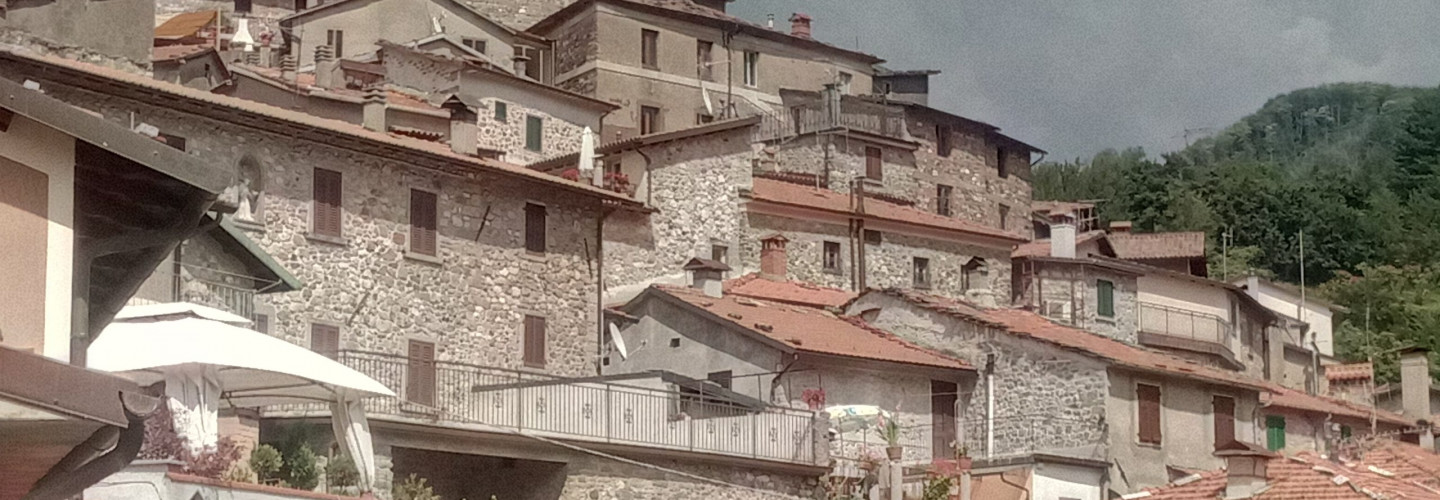Minucciano

It was a fief of the Malaspina family from 875 and sold to Count Gerardo di Gragnana in 1270. In 1287 it was purchased by the Republic of Lucca which made it a cornerstone of the defensive system of the borders, guarding the entrance into the Serchio Valley, between Lunigiana and Garfagnana . It then became the seat of Vicaria in 1447, remaining faithful to Lucca in a territory where the conflict with the Estense domain was beginning to manifest. The village had a fortress and a tower, which are still clearly visible today. Although the watchtower has been transformed into a clock tower, the medieval structure is well traceable, with an almost concentric structure, which can be appreciated by taking a walk inside.

